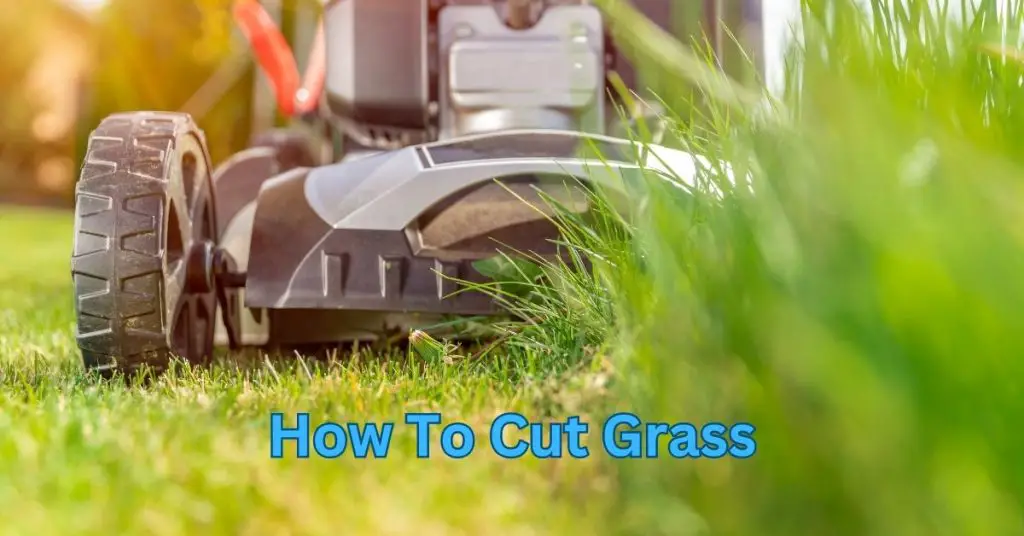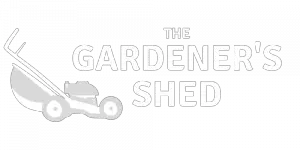How to Properly Cut Grass – Tips and Advice
Your lawn is the first thing that people notice about your property. It’s a statement of care, attention, and pride. However, proper lawn maintenance is more complex than many realize. Cutting grass correctly is crucial for maintaining a healthy and vibrant lawn. In this comprehensive guide, we’ll show you how to properly cut grass, providing essential tips and expert advice.
- Understanding Your Lawn’s Needs
Every lawn is unique, varying in soil type, grass species, and exposure to sunlight. Recognizing these unique needs is the first step towards proper lawn care. Kentucky Bluegrass, for example, thrives at a height of 2-2.5 inches, while St. Augustine grass prefers a taller 2.5-4 inches. Regular soil testing can also identify nutritional deficiencies and enable appropriate fertilizer application.
- Choosing the Right Mower
Lawn mowers come in various types, from manual reel mowers to gas-powered and electric models. Each has its pros and cons. Manual mowers are environmentally friendly and suitable for smaller lawns, while gas and electric mowers offer more power for larger lawns or rough terrains. Robotic mowers are another hands-off option for busy homeowners.
It’s essential to have sharp blades on your mower, as dull blades can tear grass, leading to a ragged edge that causes the grass to lose more water and become prone to disease. A sharp blade makes a clean cut, reducing stress on the grass and promoting healthier growth.
- Mastering Mowing Techniques
Mowing in the same direction each time can cause the grass to lean towards the direction you mow and lead to soil compaction. Alternate the mowing direction each time – this encourages upright growth and prevents soil compaction.
Avoid cutting your lawn too short, a mistake often referred to as “scalping.” This can stress the grass, making it more susceptible to pests and diseases. A general rule is the “one-third rule”: never remove more than one-third of the grass blade at a time.
- Best Time to Mow
The time of day you choose to mow is essential. The best time is usually late afternoon or early evening when the sun isn’t as intense. Mowing in the morning can spread lawn disease, as grass is usually wet with dew.
- Importance of Regular Maintenance
Regular lawn care goes beyond mowing. Watering, fertilizing, and aerating your lawn can significantly impact its health and appearance. Water deeply but infrequently to encourage roots to grow deeper into the soil. Use a slow-release fertilizer that feeds your lawn over time.
- Grasscycling: A Natural Way to Nourish Your Lawn
Grasscycling refers to leaving grass clippings on your lawn after mowing. These clippings quickly decompose, returning valuable nutrients back into the soil and reducing the need for fertilizers.
- Final Thoughts
Proper lawn care can seem overwhelming, but with these tips, you’re well on your way to achieving a lush, healthy lawn. Remember, regular mowing using the correct techniques, combined with other maintenance practices, will keep your lawn looking its best all year round. You’re not just cutting grass; you’re cultivating a living ecosystem that enhances the aesthetic and environmental value of your home. Happy mowing!
In conclusion, understanding your lawn’s needs, selecting the appropriate mower, applying correct mowing techniques, choosing the right time to mow, and regular maintenance are all essential steps in properly cutting grass.


